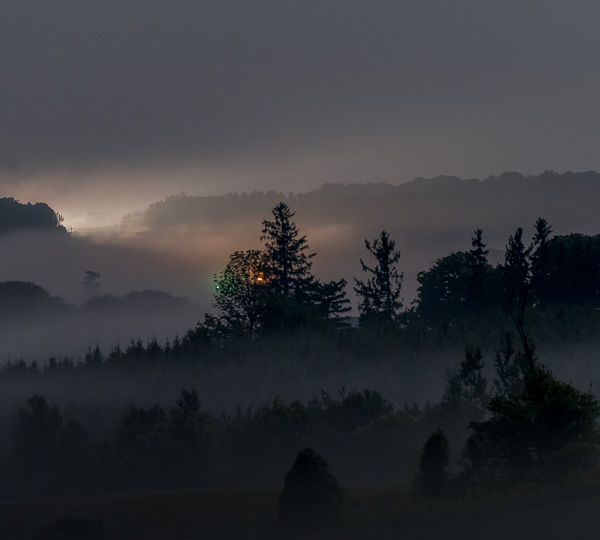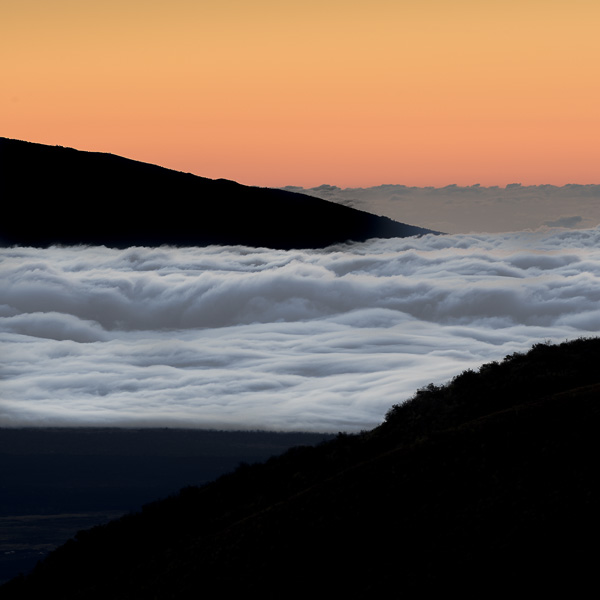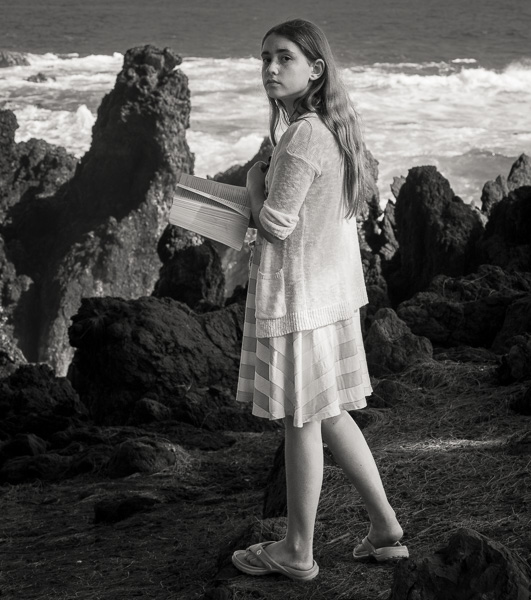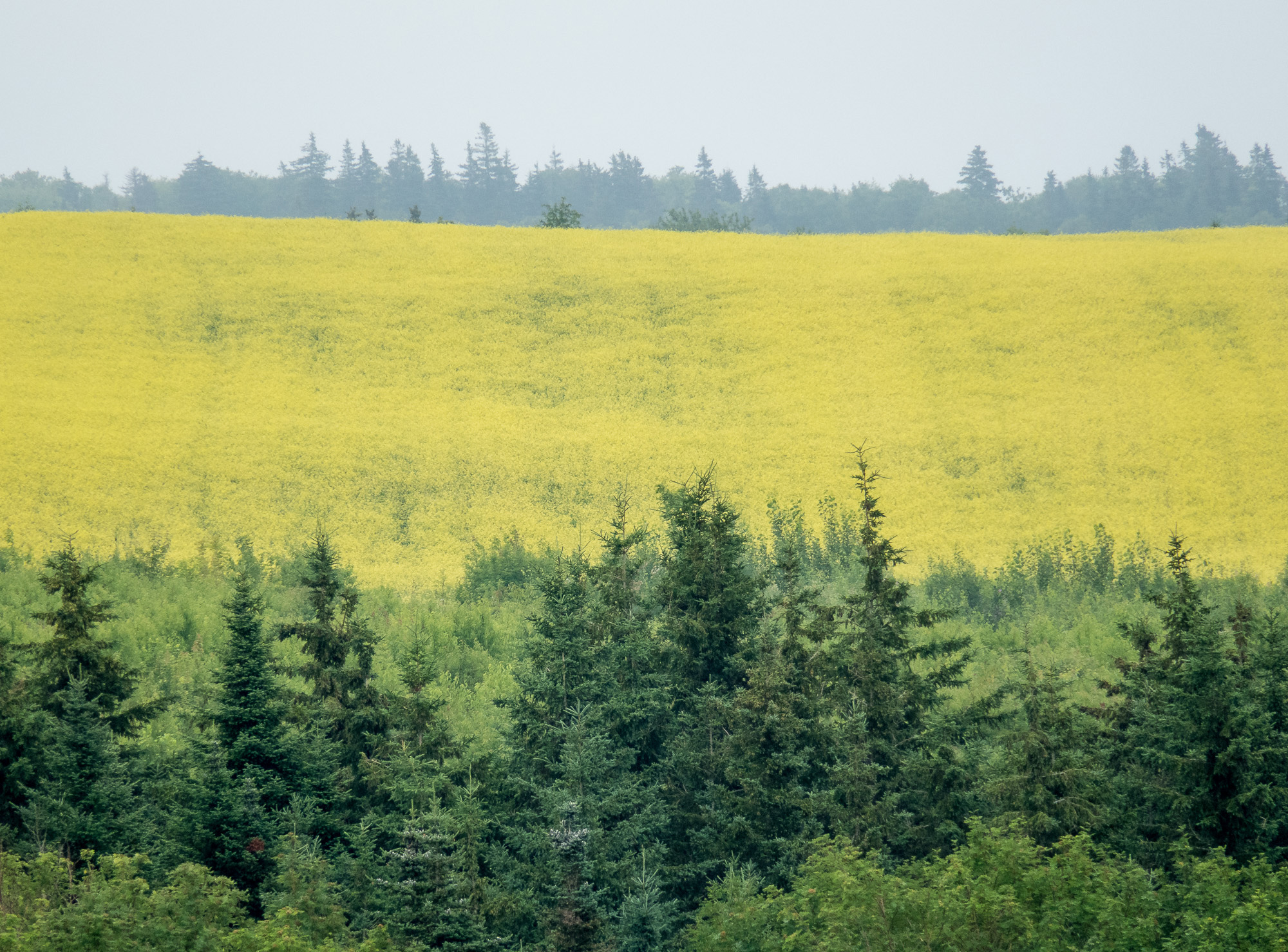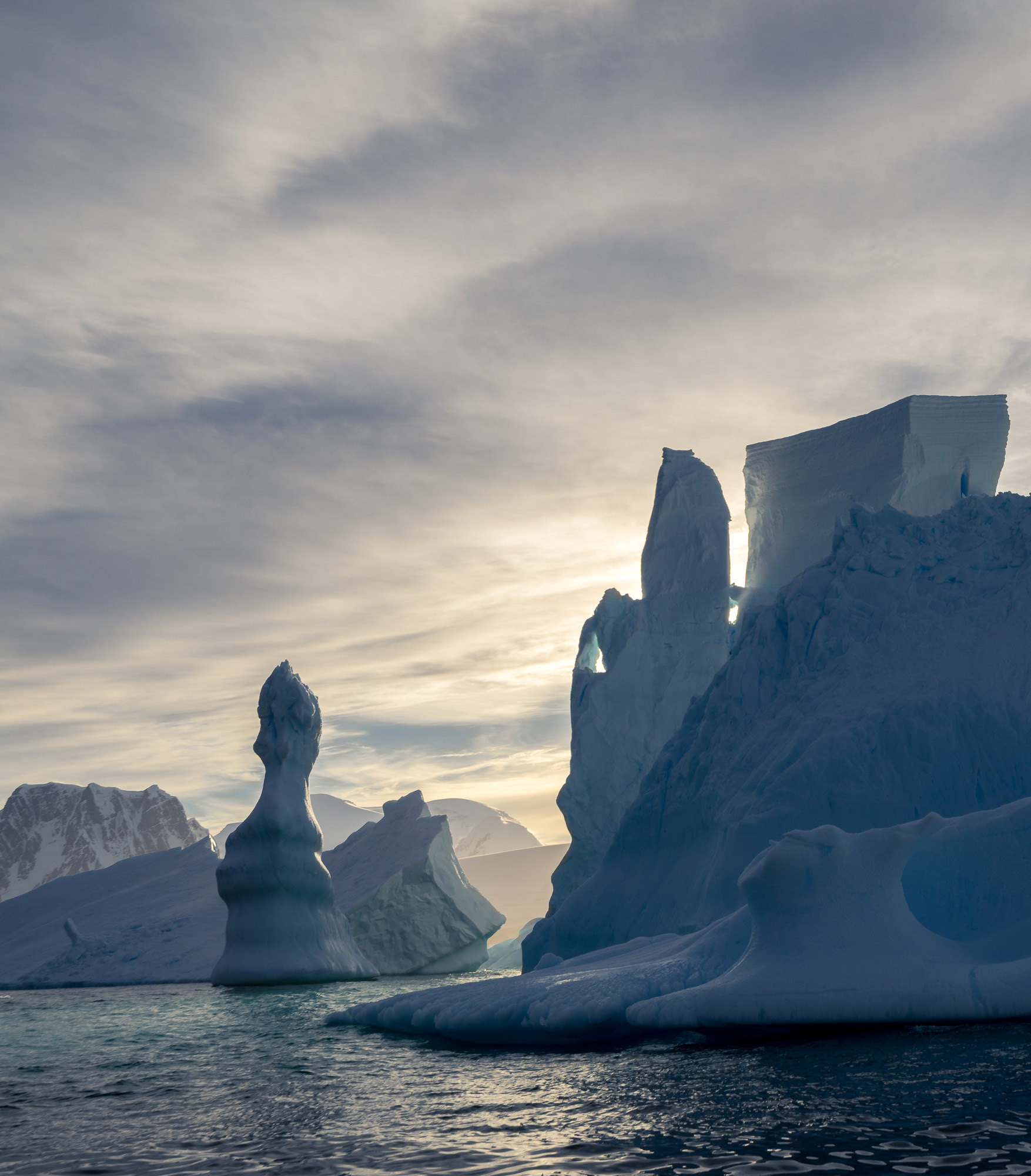Focus on the Journey: Ashok Viswanathan takes us through his camera bag and his journey to Laos.
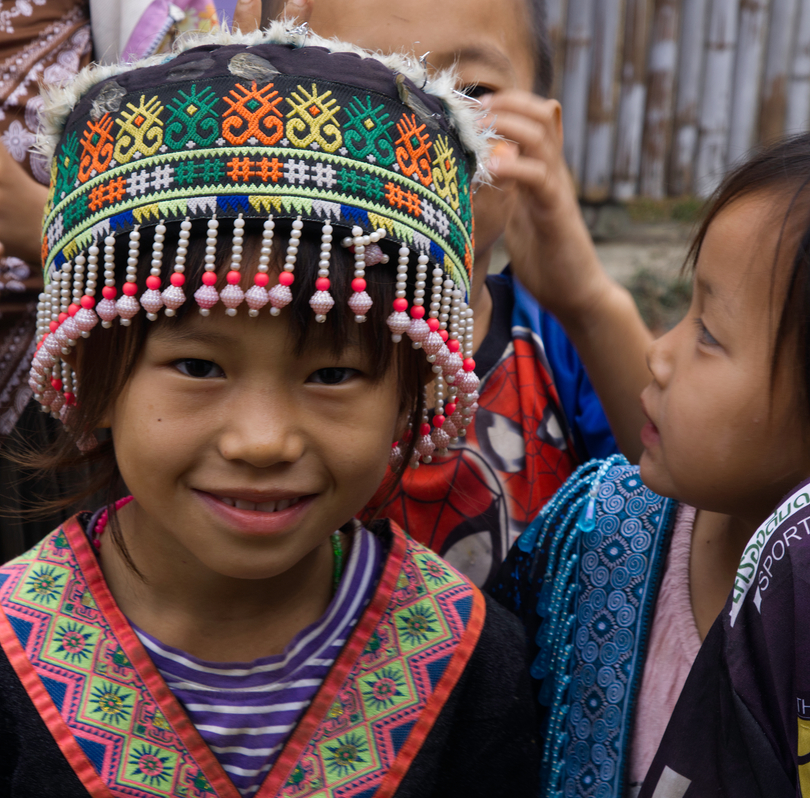

LAOS known as “Lao People’s Democratic Republic” is a little known peaceful nation in south east Asia. A land locked nation, it borders Vietnam, China, Cambodia, Thailand and Myanmar. Laos is waiting to be discovered and does not disappoint those that venture to this land locked mountainous country. It’s borders are no longer closed and visitors are welcome. In 1975, the Communists took control ending a six century Monarchy reign. Today, the country encourages private enterprise, home and business ownership, as well as foreign investment.
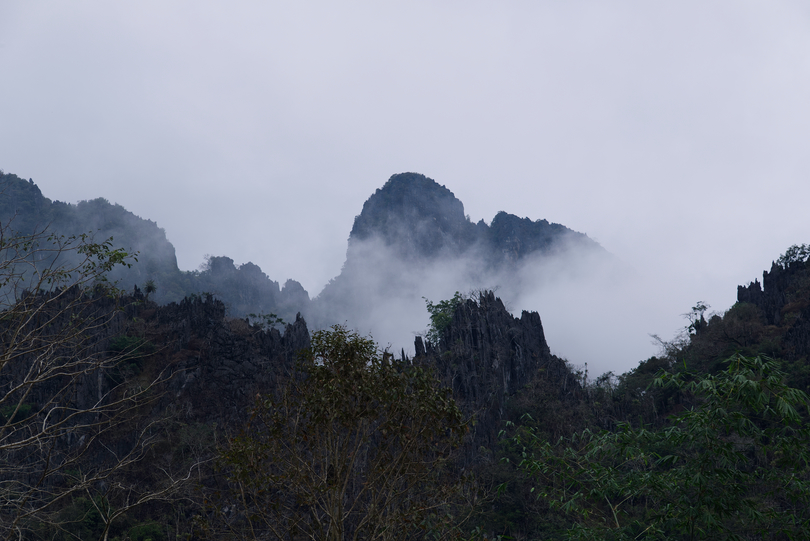

If you are looking for a country where time has stood still, then you are probably in the right place. The tourist traffic is growing and there are some lovely hotels much more reasonably priced then many places in Asia. Its still the old world with quaint french architecture, a slow pace of life and friendly people. Incomes are low at usd 100-150 a month. Exchanging about 300 usd per person will pay for several meals, local transport and souvenirs or a few days stay.
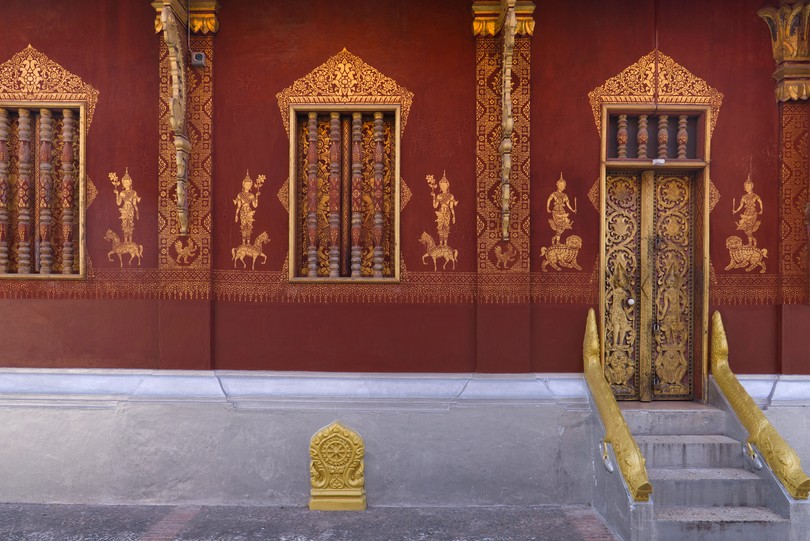

Hotel bills come in two currencies – the local Kip and the US dollar. Credit cards are accepted in hotels and restaurants but its preferable to pay cash in small coffee shops and restaurants. There is a variety of food on offer. From pizza, pasta and burgers to curries and local meals…Vegetarian options are available. A meal with a local beer in a decent hotel would cost about 8-12 usd. The local larger Beer is usd 1 for 650 ml large bottle and single malts in a hotel usd 3- 3.5. the portions are generous with 45 ml being the standard.
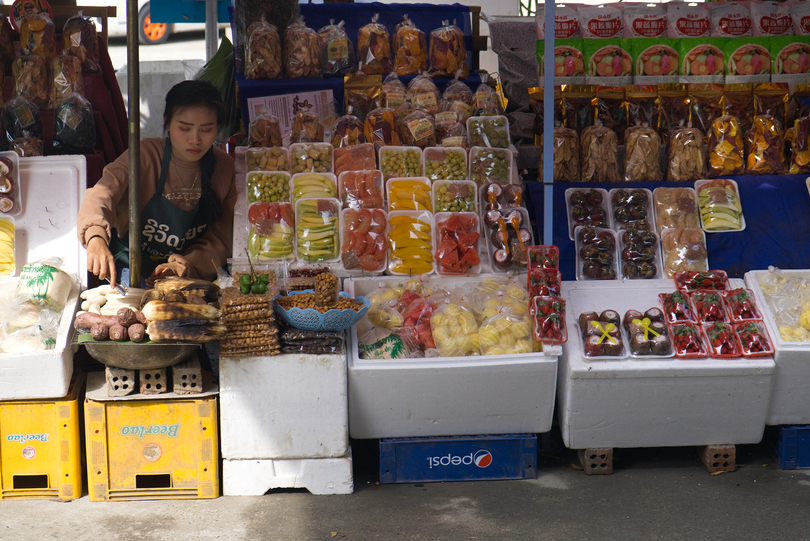

Getting around is by local Tut Tuk, same as Thailand. For the more adventurous you can get bicycles or two wheelers. Getting to LAOS is a simple process… Luang Prabang is a one hour flight from Bangkok. Its advisable to get a online visa in advance or if you prefer “visa on arrival”.
Luang Prabang is a good starting point with a stay at the lovely My BanLao hotel, that boasts of three antique replica cars that are battery operated and used to drop guests at the main street.


Interesting things to see are Wat Visoun the oldest temple and the shrine of Wat Aham. If you are willing to do the trek up the steps of mount Phoisi you can view the guilted stupa and a panoramic view of the city and the Mekong river. The night market offers textiles made by the hill tribes along with a variety of products and souvenirs. A morning visit to Phoisi market gives you a choice of buffalo skin, tea, salt, chickens and tribal fabric. A village trip to Lao ethinic groups will see weavers and local artists and an opportunity to pick up something to take back home. All reasonably priced.
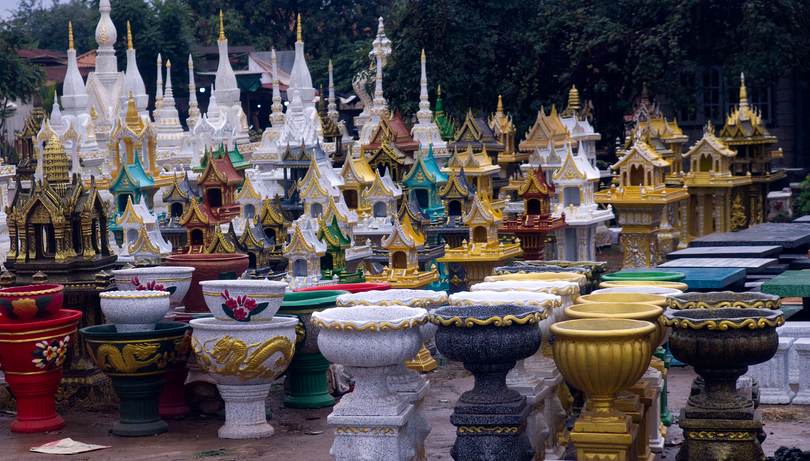

A half hour drive further on leads you to the Khouangsi waterfall and forest trails. Every day at 6 am just before sunrise a long line of saffron clothed buddhist monks walk the road outside one of the temples to collect ams (mainly sticky rice) from the residents.
The road is closed to cars and lit only by street lamps. The only way to get an image is to increase your ISO to 3600 or higher and then pull the shadow detail in post processing. Flash is strictly prohibited and would kill the atmosphere of the scene.


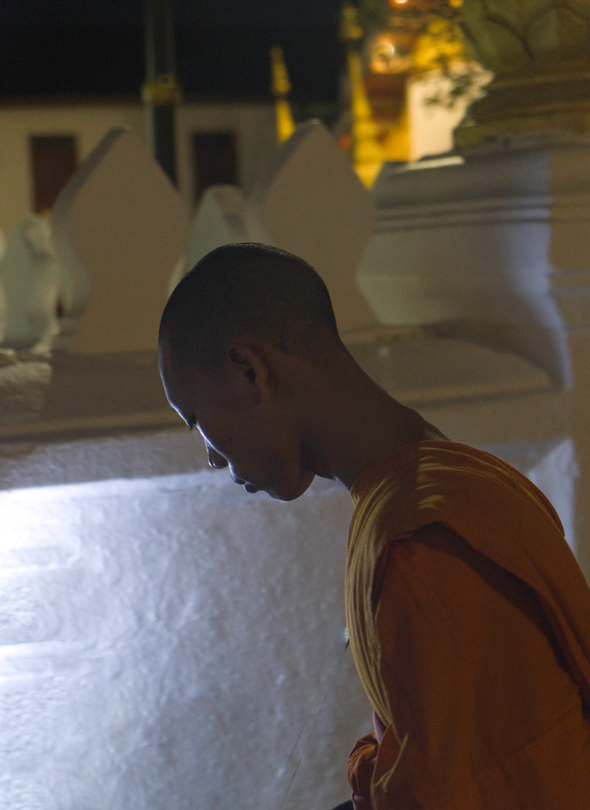

A ride by the bullet train at 150km/hr takes you to Vang Vieng. Unfortunately most of the journey is through long tunnels in the hill side and only a few moments when you can see the mountain landscape.
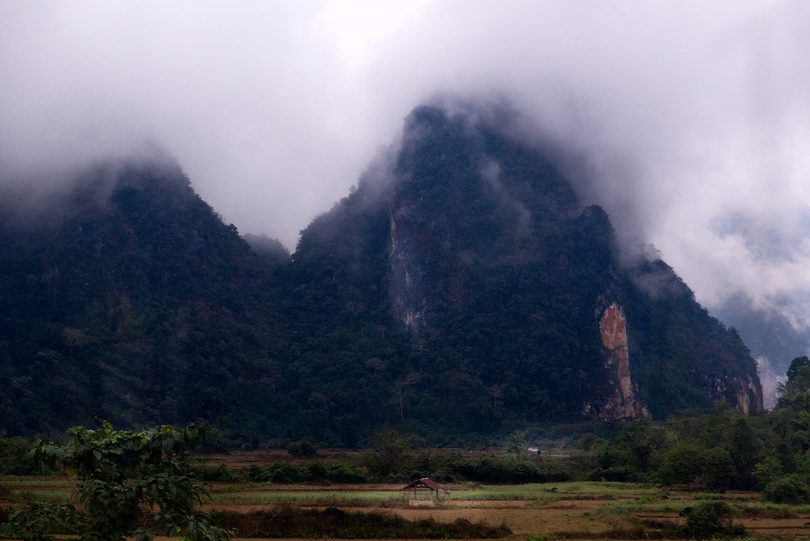

Van Vieng is where people come to participate in sports such as boating on the Nam Song river, canoeing, kayaking, go-carting, swimming, para-gliding etc. A boat ride on the Mekong river takes you to ancient caves cut in the hill side. Be warned there are a lot of steep steps to climb to reach the Tham Jang caves. Unless you are the sporty kind – Vang Vieng is worth skipping.
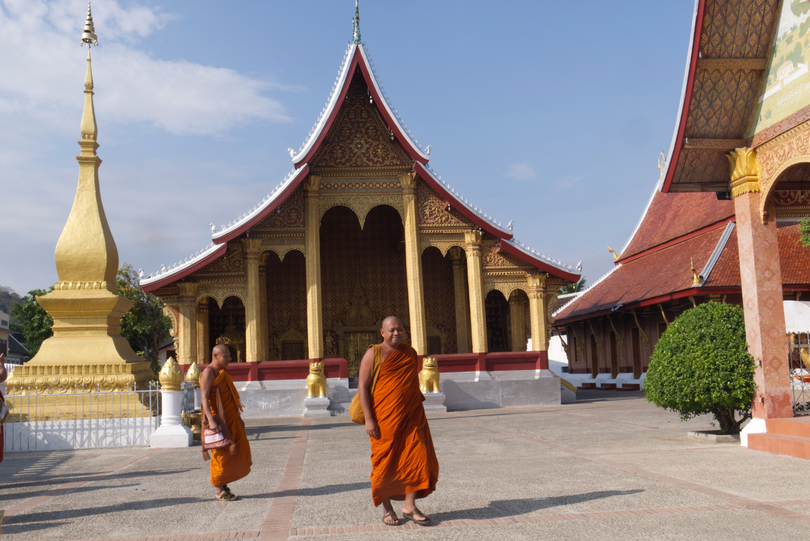

The train from Luang Prabang goes to the capital city of Vientiane. Sights include Wat Sisaket which as more than 8000 Buddha statues, Wat Ho Prakeo the former home of the Emerald Buddha and That Luang Stupa which is the most important monument in Laos. The Patuxay (similar to the Arc de Triomphe) in the city center is in memory of those who died in past wars. Buddha park is a landscaped garden with 200 buddhist and hindu statues dating back 500 years.


Doing travel photography can be easy. The sun shines most of the time so you can forget your tripod and flash. My travel kit is two Fuji XE3 bodies with identical settings and ISO at 400. The Fuji 18~55mm and the Fuji 10~24mm f2.8 lens. I shoot RAW and process in Affinity and NIK using a Macbook Air and EIZO profiled monitor. The Laos people are friendly and will pose for you. Even the monks can be seen taking pictures on their phones.


Thank you Ashok for sharing. To note, if you’re looking for the Fuji XE3 it’ll be difficult – the current Fuji X out there on the market is the Fuji X-T5.






